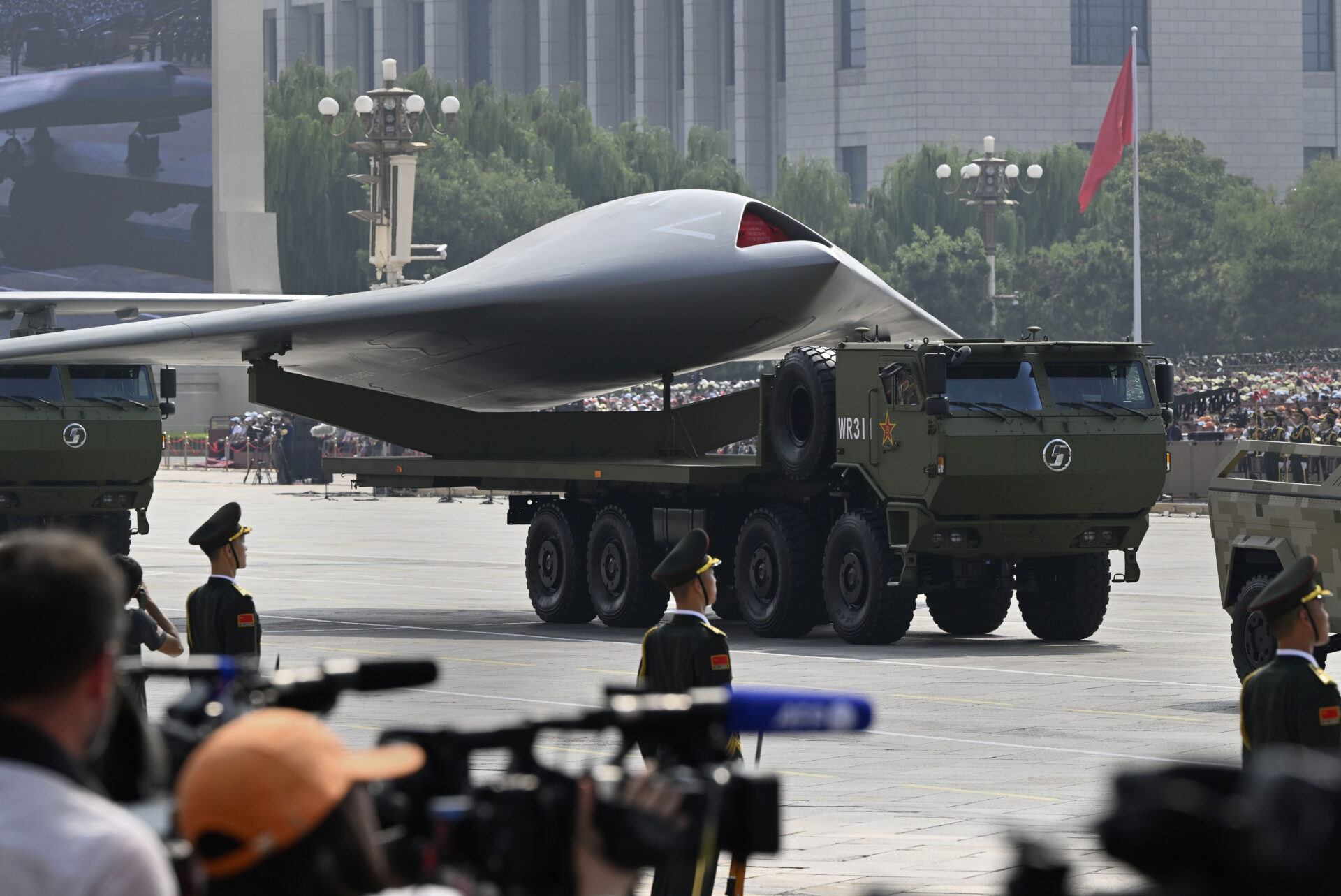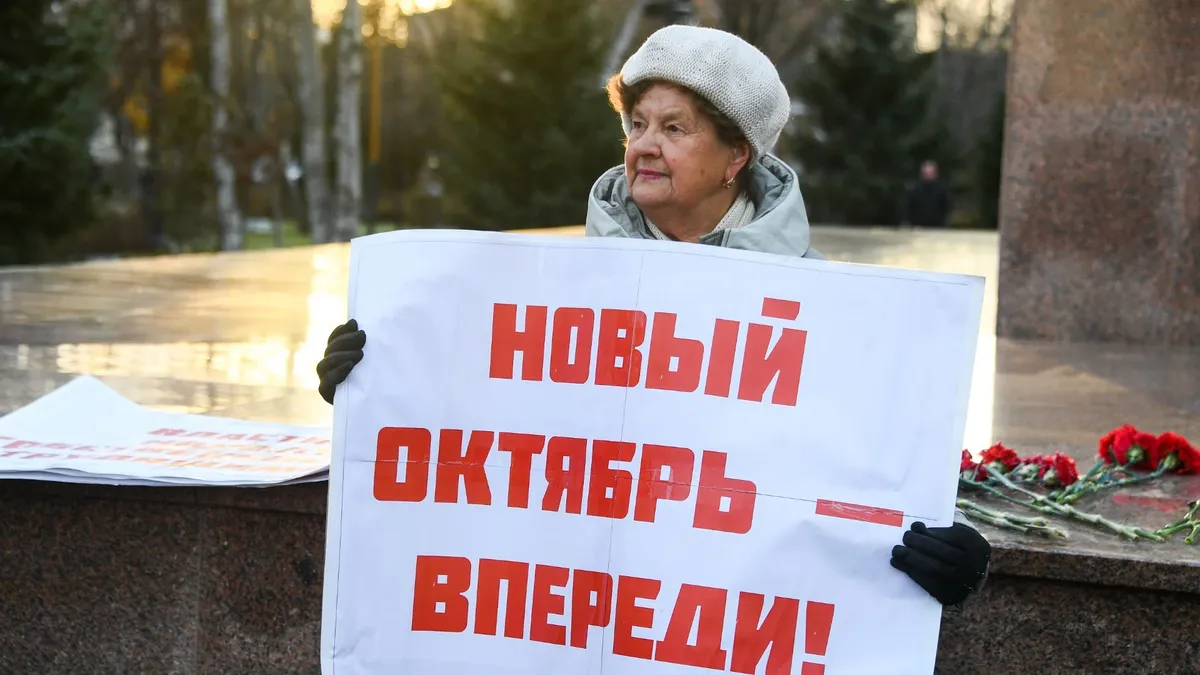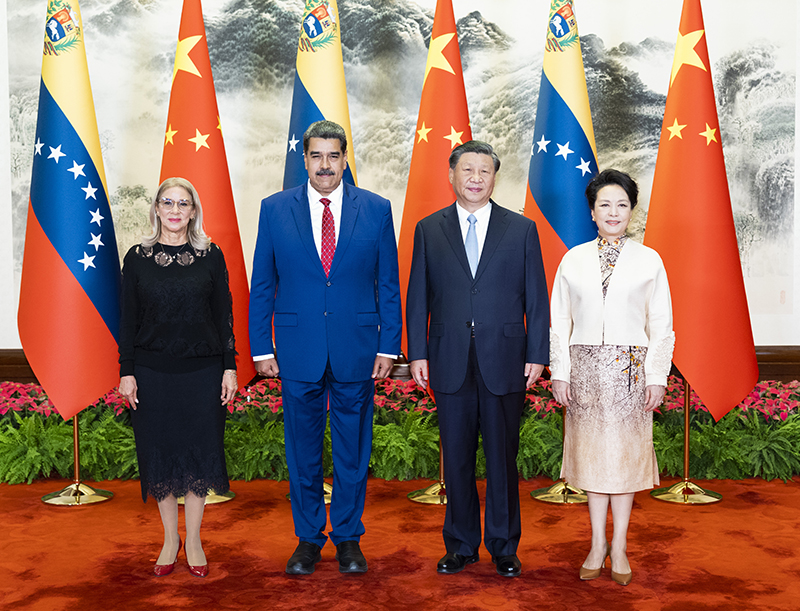CIS PRIME MINISTERS DILUTE RUSSIAN-PROPOSED MEASURES…
CIS PRIME MINISTERS DILUTE RUSSIAN-PROPOSED MEASURES…
The prime ministers of CIS countries held a regular meeting on June 4 in Minsk amid unusual confidentiality. Billed in advance by Moscow as apt to breathe new life into the CIS, the meeting ended with “compromise decisions” on the two issues at the top of the agenda: reorganization of CIS coordinating bodies and creation of a CIS-wide “free trade zone.” Hours before the meeting, Russian Prime Minister Sergei Stepashin described the situation as “close to critical” owing to disagreements which erupted during the preparatory meeting, held by the foreign ministers that morning. Stepashin and his main supporter in the meeting, Belarusan President Alyaksandr Lukashenka, hinted that the five countries of the GUUAM group–Georgia, Ukraine, Uzbekistan, Azerbaijan and Moldova–and an unnamed sixth country had voted against the Russian-prepared draft documents, which resulted in a tie vote. Neither the Russian side nor the host Belarusan government shed any light on the nature of the differences or on the terms of the eventual compromise.
The meeting participants approved a modified concept of the reorganization of CIS executive bodies and created an Executive Committee as a successor to both the CIS Executive Secretariat and the Interstate Economic Committee. The Secretariat had been a staff organ which Boris Berezovsky–its head from April 1998 to March 1999–tried in vain to enlarge and transform into a policymaking body with functional departments. The Interstate Economic Committee had been the executive organ of the CIS Economic Union, created on paper in 1994 and confined to paper ever since.
The newly created CIS Executive Committee will–like the stillborn Interstate Economic Committee–have twelve deputy chairmen, one for each member country, with the rank of deputy prime minister, residing in their respective countries, convening for periodic meetings and represented by permanent delegates at CIS headquarters. This arrangement is patterned on that of the Comecon (Council of Mutual Economic Assistance, which had once grouped the Soviet-bloc countries in East-Central Europe), illustrates Moscow’s attempts to use former Soviet-bloc institutional arrangements in the CIS and promises to be just as cumbersome, even if the Executive Committee is endowed with real executive powers. Such empowerment, however, seems unlikely, because many CIS countries oppose the creation of any supranational executive body. The unspecified “compromise” reached at the June 4 meeting in Minsk is likely to have included a watered-down mandate for the CIS Executive Committee (Itar-Tass, June 4-5).
…SEEK ELUSIVE FREE TRADE ZONE.


